The director and planning director for Pokémon Sword and Shield, Shigeru Omori and Kazumasa Iwao, detailed their experiences while making the games in an article posted to the recruitment website for Game Freak, which was then translated by Nintendo Everything.
Pokémon Sword and Shield were the first main-series games released for the Nintendo Switch. Before that, Pokémon fans had to keep themselves entertained with Pokémon Let’s Go! Pikachu and Eevee, two games that were made with the purpose of using the Switch’s motion-sensor Joy-Cons to catch Pokémon in the Kanto remakes.
Development of the games began in 2017, but the idea for them started right after Pokémon Sun and Moon. Omori and Iwao knew that the games could connect to the television and started making them with the idea that they’d be bigger Pokémon games than fans were used to. The Sword and Shield name came after the team came up with the idea to give Pokémon swords and shields to fight the Gigantamax Pokémon.
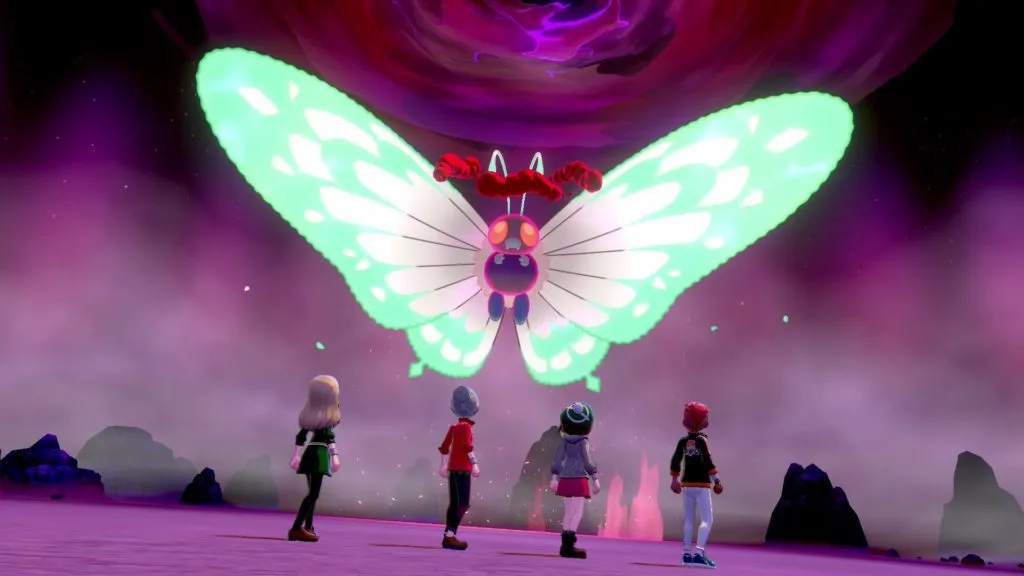
A new challenge was brought to the team, who had to develop a game that was intended for both a handheld mode and a big-screen television. Omori said he placed a heavy emphasis on the lifestyle of the player, considering that they could play the game at home on the television and then pick it up and play it in handheld mode when they were on the move.
Omori also mentioned that they put a lot of consideration into the design and planning of Sword and Shield, which required a larger team than in previous titles due to the advancement in technology. The preceding Pokémon games were made with a small development team. But with more possibilities and a new device that’s more technologically advanced, Omori knew that making the games the way they were used to wouldn’t work.
A new generation of Pokémon games, a new generation of developers
Iwao said the generational shift among the staff was one of the most important aspects of the team. He gave higher positions to more motivated and younger staff members, which gave them room to grow and learn.
When asked how the younger team performed during the development of the game, Iwao said he “felt the lack of knowledge and experience sometimes showed through the project.” Younger staff often got stuck and struggled in some situations but were guided by the more experienced members of the staff and were able to pull through with help.
Omori assigned different members of the team tasks that they excelled at. For example, he gave “clothing design to those who liked fashion, sporty clothes to staff interested in sport, café lovers would design those spots to ensure a café-like feeling, and so on.”
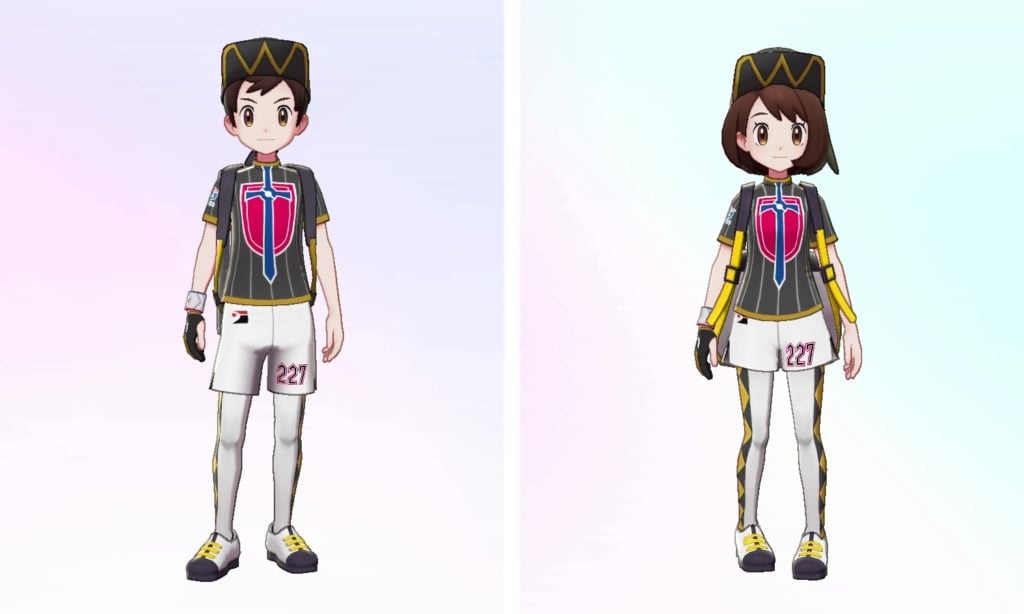
Because Omori took extreme care to make sure that each individual got to put their experience behind their designs, it’s perhaps one of the reasons why the games were so widely enjoyed.
Where Game Freak is taking the Pokémon franchise next
The Pokémon Company has been around for 20 years now and with every evolution of the main-series games, there are new ideas, mechanics, and themes incorporated into the games. Omori commented that “even if he thinks a game is perfect, there are always new ideas after the project is over.”
Omori said the devs will continue to make Pokémon games that appeal to gamers. He wants to create games that “give the feeling that Pokémon exists and lives with us.” As technology improves, he and his team will adapt and create new development teams with the aim of creating new ways to play.
Iwao said that “no matter the work, if you do it long enough it will eventually become tedious.” But with Game Freak, since there are always new technologies, possibilities, and opportunities, it never gets boring. After 20 years of developing one of the most iconic franchises in gaming history, Game Freak is still looking for new ways to evolve and give gamers the experiences they desire.


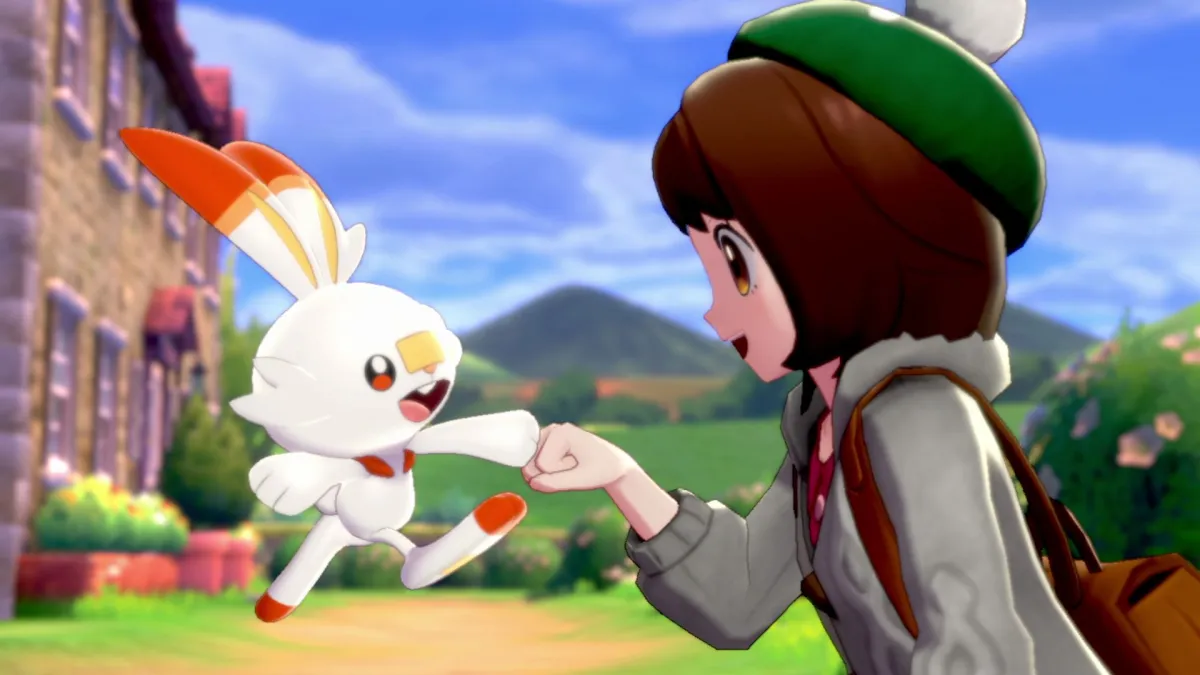
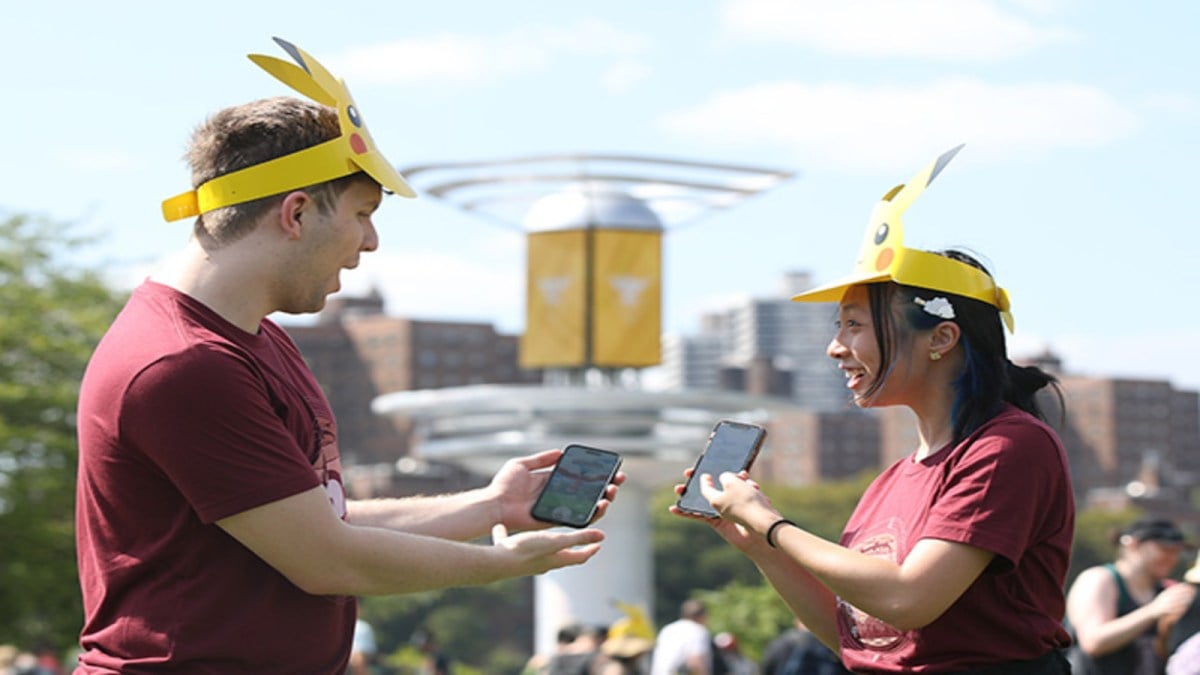

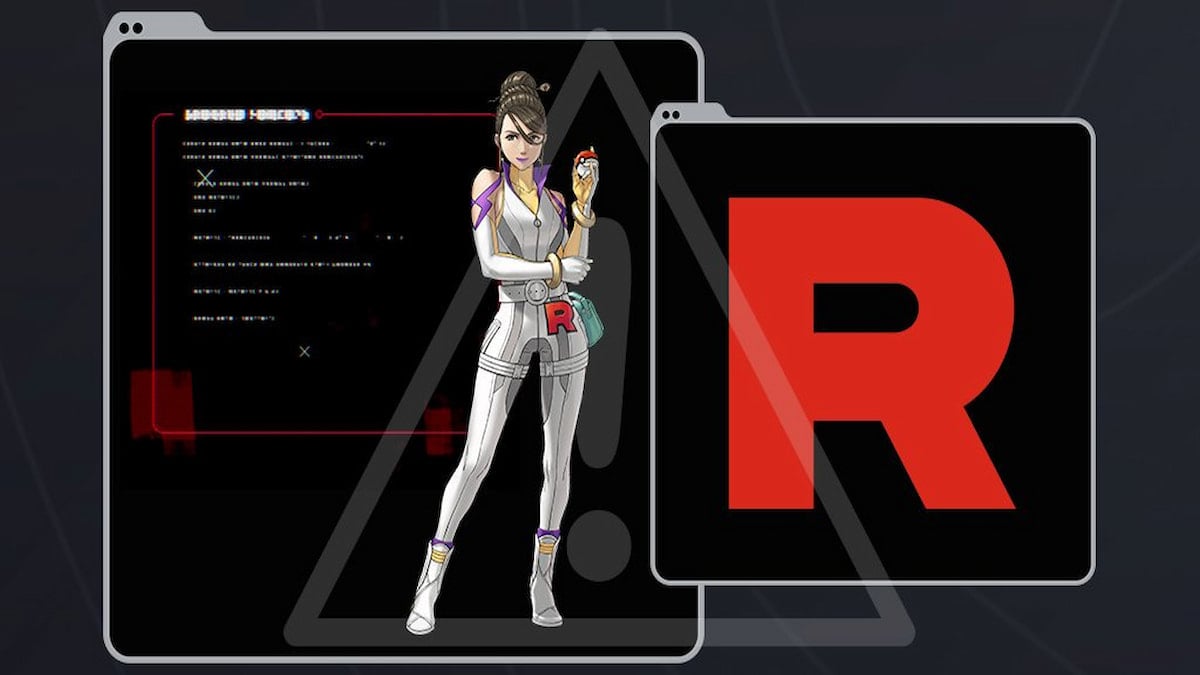
Published: Jan 6, 2022 01:09 pm